These creatures are known to cause significant damage to a variety of plants, turning a once vibrant garden into a landscape of half-eaten leaves and stems.
Why Do Some Plants Die After Flowering? Monocarpic Plants
Have you ever had a plant that bloomed beautifully, only to wither and die soon after? This phenomenon can be quite puzzling, especially if you’re used to plants that flower year after year.
But these are not ordinary plants; they’re monocarpic plants, a unique group of plants with a lifecycle that’s as fascinating as it is singular. The term ‘monocarpic’ comes from the Greek words ‘mono’, meaning one, and ‘karpos’, meaning fruit. In the plant world, this term is used to describe plants that flower, set seeds, and then die.
Understanding Monocarpic Plants
Monocarpic plants have a growth habit that’s usually characterised by a “rosette” of leaves close to the ground. Once they flower, the rosettes die off, but often leave behind “pups” or small offshoots at the base of the plant, which continue to grow.
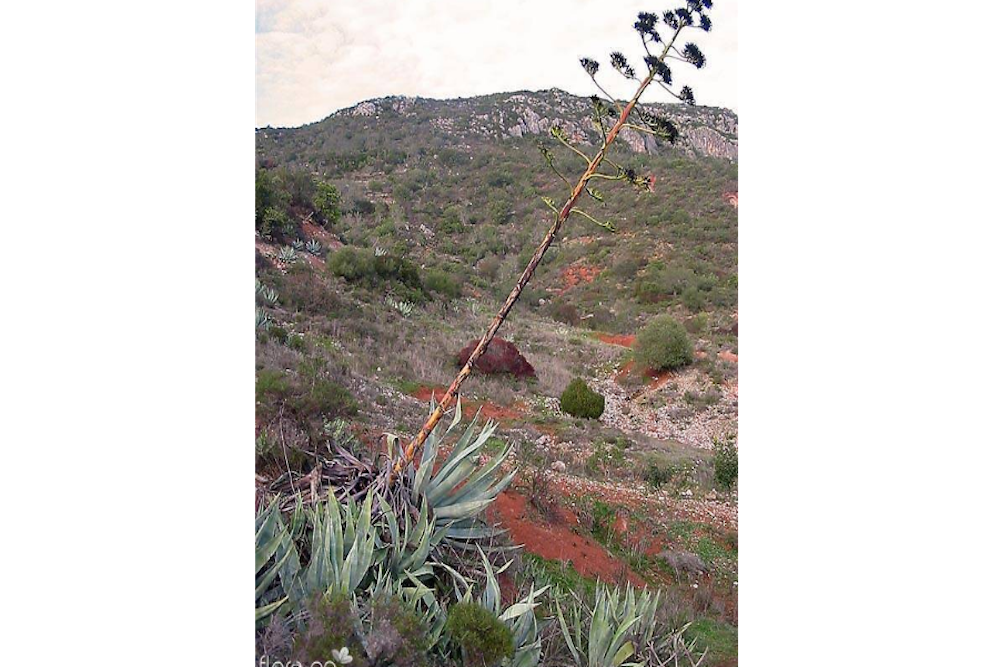
You might be wondering, “is this similar to annual plants?” The answer is, not really. Annual plants complete their entire life cycle in one growing season, while biennials need two seasons. Monocarpic plants, however, may take several years or even decades to reach maturity and flower.
The pups at the base may be clones of the original plant rather than new offspring grown by flowers. The death of a monocarpic plant after flowering is not a failure of care, but a natural biological process. These plants put all their energy into producing a single, often spectacular, flower display and seed set, ensuring the survival of the next generation.
Examples of Monocarpic Plants
There are heaps of examples of monocarpic plants, many of which are popular in landscaping due to their beautiful growth habits and stunning flower displays. Some common examples include:
- Agave: Known for their large rosettes of thick, fleshy leaves, agaves flower once at the end of their life, producing a tall, dramatic flower stalk.
- Bamboo: Bamboos may only flower once every several decades, but after doing so they then die off.
- Gymea lily: This Australian native plant produces a large flower spike after many years of growth, after which the mature rosette dies.
- Puya: Certain species of Puya, such as Puya raimondii, are monocarpic, flowering once to produce a towering inflorescence before dying.
Maintaining Monocarpic Plants in the Landscape
Monocarpic plants require care to maintain their best appearance. Once they’ve finished flowering, mature plants should be pruned out to make way for new growth. Failing to do so isn’t the end of the world, and may provide seed for fauna to eat, but some people might say it’s unsightly to leave the dead plant material.
Particularly in a manicured garden. The “pups” or offshoots at the base of the plant will continue to grow, replacing the parts that have died back. So while it might be sad to see the rosettes die after flowering, remember that new life is already waiting in the wings.
Alternatives That Won’t Die After Flowering
If you love the look of large rosette plants but don’t want to deal with the lifecycle of monocarpics, there are polycarpic alternatives. Polycarpic plants, unlike monocarpics, flower repeatedly throughout their lives.
Examples include certain species of yucca, aloe, phormium and cordyline, which offer similar aesthetics to many monocarpic plants but with recurring blooms. These plants don’t “break the bank” to put on extreme displays like monocarpic plants because they save their resources for repeat flowering.
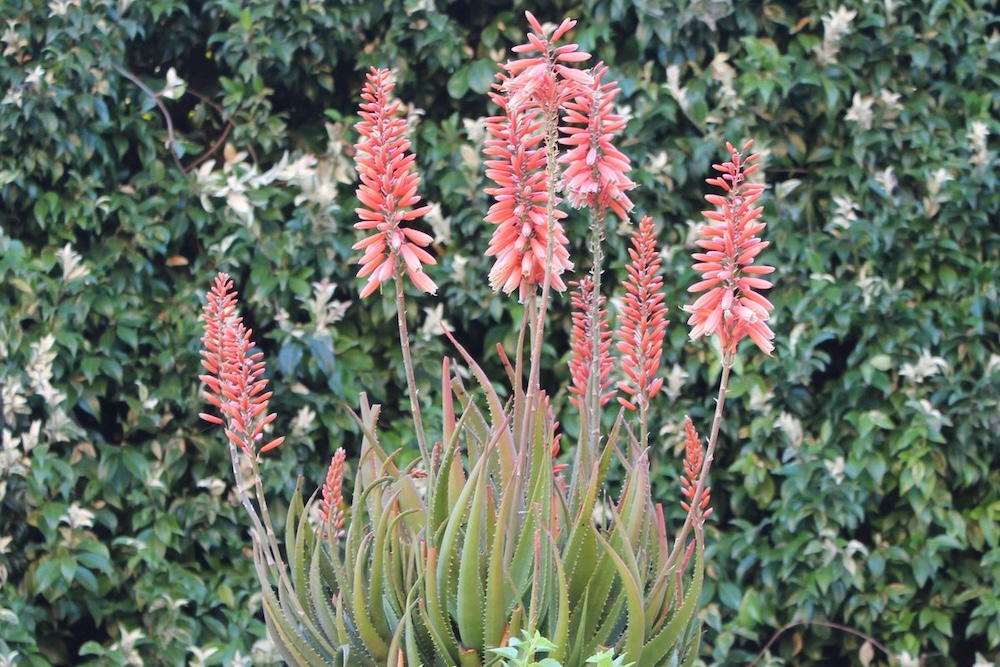
Daniel’s Wrap
Monocarpic plants’ singular bloom may be fleeting, but it’s often spectacular, leaving a lasting impression. And with careful maintenance and the natural cycle of “pups” taking over, these plants can remain a part of your landscape for many years.

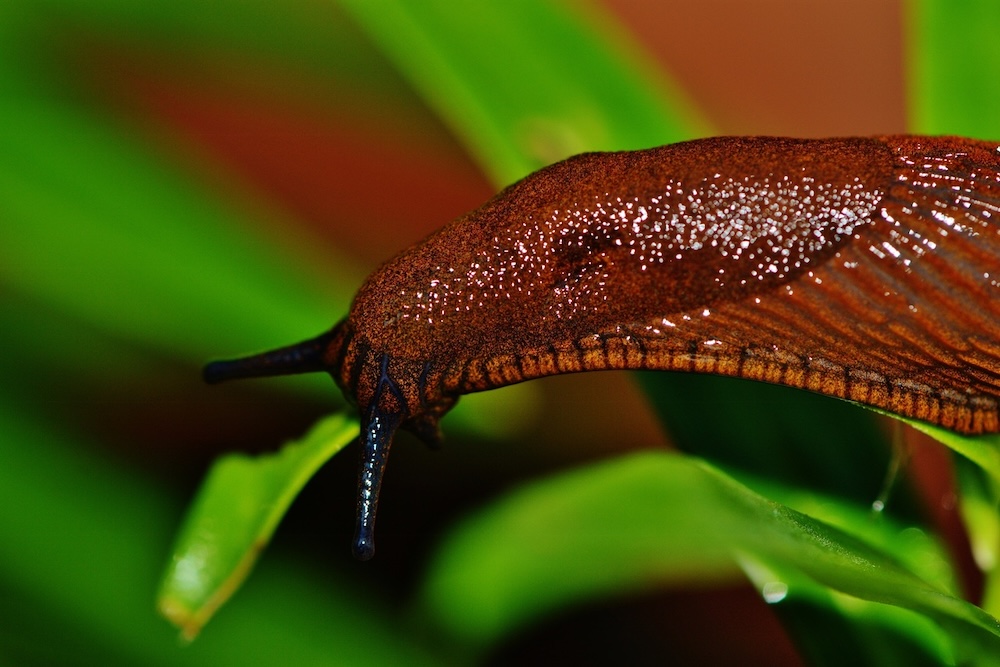
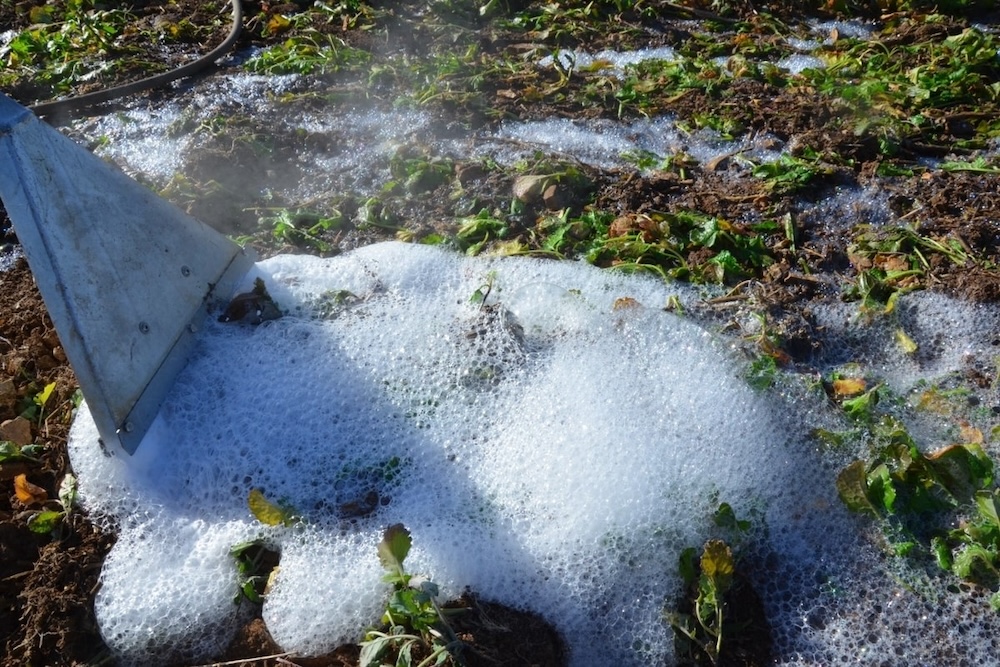
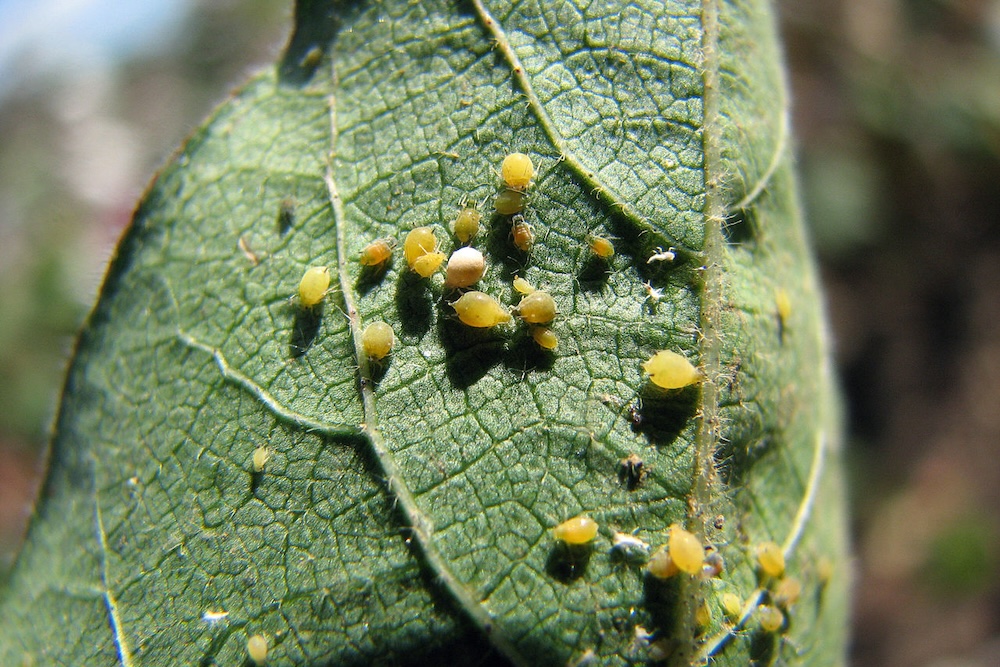
This Post Has 0 Comments